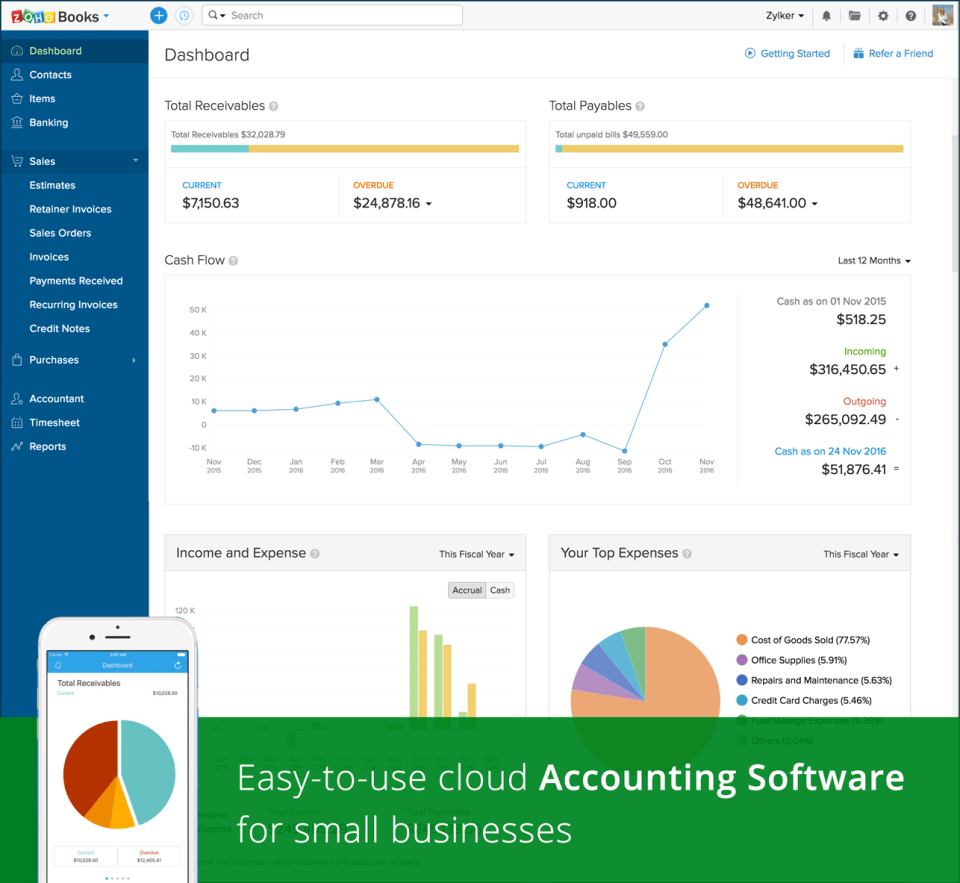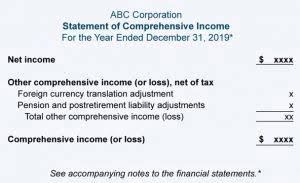
The pressure of SOX is coupled with the perennial need to mitigate erroneous reconciliation in the process. Accuracy and completeness are the two most important things when reconciling accounts. Companies usually perform monthly or quarterly reconciliations to have accurate financial records at the end of the year.
Sign up for latest finance stories
It involves calling up the account detail in the statements and reviewing the appropriateness of each transaction. The documentation method determines if the amount captured in the account matches the actual amount spent by the company. Reconciliation is used by accountants to explain the difference between two financial records, such as the bank statement and cash book. Any unexplained differences between the two records may be signs of financial misappropriation or theft. Clio’s legal trust management software, and Clio Accounting both provide lawyers with the ability to conduct trust account reconciliation–helping to keep your firm compliant and your client’s funds secure.

Tackling eInvoicing and Payment Reconciliation Scenarios in Microsoft Business Central 365
To implement effective reconciliation processes, you need to create and document the exact procedures that staff and lawyers should follow. By practicing regular reconciliation, businesses protect their integrity, demonstrating a commitment to accuracy and transparency. This can include staff accountants, finance officers, bookkeepers, or anyone else responsible for financial management and oversight. The function of account reconciliation is typically carried out by accountants or finance professionals within an organization.
For law firms, for example, one key type of business reconciliation is three-way reconciliation for trust accounts. In the following post, we’ll cover the crucial types of reconciliation for legal professionals and delve into the fundamentals of three-way reconciliation accounting. Plus, we’ll offer useful best practices for reconciliation in accounting for lawyers to help make the process easier, more effective, and more efficient. In single-entry bookkeeping, every transaction is recorded just once rather than twice, as in double-entry bookkeeping, as either income or an expense.
- Finally, the reconciliation is reviewed and approved to ensure the financial records are accurate and complete.
- This can include staff accountants, finance officers, bookkeepers, or anyone else responsible for financial management and oversight.
- Failure to adhere to compliance requirements that apply to account reconciliation can potentially lead to negative legal and professional consequences, including regulatory penalties, civil liability, and even disbarment.
- Below, you will find a four step guide to choosing the right vendor for your account reconciliation automation that offers maximum return on investment (ROI), efficiency, and savings.
- But the digitization of the accounting processes, including account reconciliation and financial close, requires strong back-end data management policies and infrastructure.
Q10. What are some best practices to ensure account reconciliation accuracy?
It aids in informed decision-making, ensures compliance with financial regulations, and significantly contributes to the overall financial future value of a single amount success of your organization. This process helps detect any anomalies or discrepancies early, allowing for timely rectification. In smaller businesses, the responsibility might fall on the owner or manager, particularly if they do not have a dedicated finance team. Automated reconciliation also flags discrepancies so they can be investigated immediately rather than months later.
Reconciling your bank statements simply means comparing your internal financial records against the records provided to you by your bank. This process is important because it ensures that you can identify any unusual transactions caused by fraud or accounting errors. As a business, the practice can also help you manage your cash flow and spot keeping you and any inefficiencies. The reconciliation process involves comparing internal financial records with external documents to identify and correct discrepancies. This includes investigating any differences, making necessary adjustments, and documenting the process for accuracy. Finally, the reconciliation is reviewed and approved to ensure the financial records are accurate and complete.
Reconciliation in accounting is not only important for businesses, but may also be convenient for households and individuals. It is prudent to reconcile credit card accounts and checkbooks on a regular basis, for example. This is done by comparing debit card receipts or check copies with a person’s bank statements.
Identify any transactions in the bank statement that are not backed up by any evidence. Account reconciliation is a fundamental step in the financial close and sets the basis for closing the accounts. But given the large volumes of data, matching records or reconciliation can be a strenuous activity. No matter what you’re reconciling, it will involve standardized unexpected earnings in the u s technology sector comparing two sets of records to determine accuracy.








